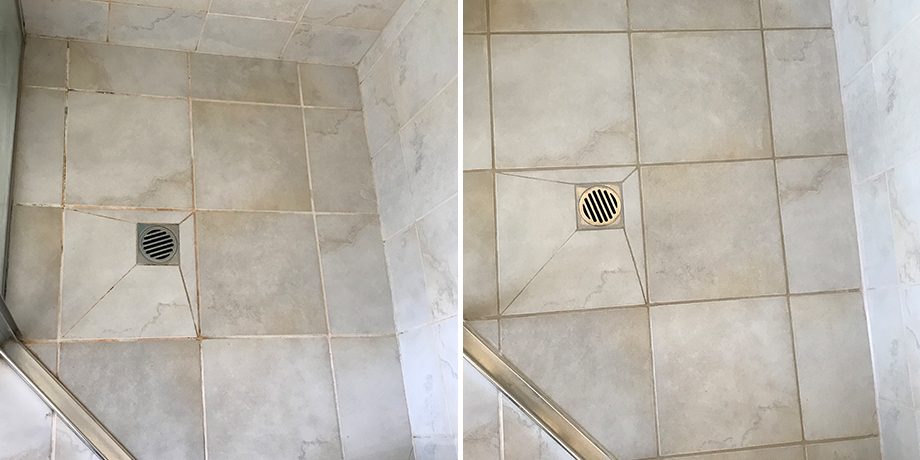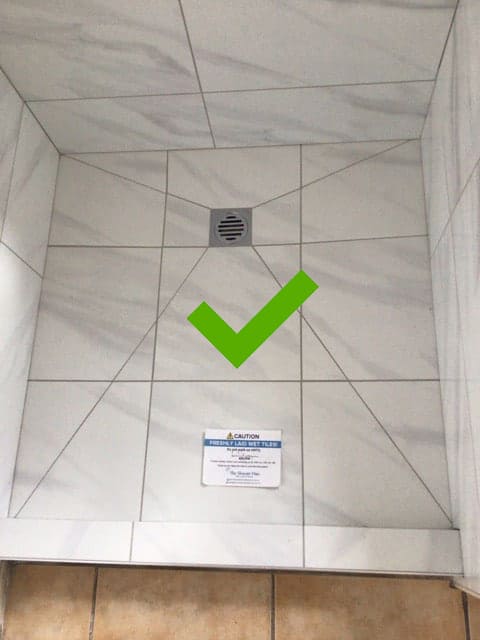They are making a number of great annotation regarding Looking for Signs of Water Damage in the Bathroom overall in this post beneath.

The restroom is incredibly susceptible for moist accumulation and also possible water damage because of the constant use water in it. This post uses basic evaluation techniques to help identifying water damages dangers.
The regular use water in the shower room makes it incredibly susceptible for moist accumulation as well as possible water damages. By evaluating it consistently, you can reduce water relevant problems.
The complying with set of evaluations is easy to perform and need to be done as soon as in every three months in order to keep your washroom healthy as well as to avoid potential water problems triggered by the bath tub, the shower, pipeline joints and plumbing, sinks, closets, as well as the toilet
Do not forget carrying out these inspections and also be complete while performing them. Remember that these basic inspections can conserve you a great deal of money by providing very early indicators for water damage
Bath tub as well as Shower
The shower and bath tub need special focus as well as maintenance. Examine the ceramic tiles and also replace if cracked. See to it that there is no missing grout in between the tiles. Evaluate as well as replace fractured caulking at joints where the walls fulfill the flooring or the bathtub. Obstructed drains and also pipes troubles will protect against the tub from drying as well as may suggest significant issues under the bathtub. Talk to a professional instantly to avoid structural damage. Take notice of discolorations or soft areas around the bath tub walls as they might suggest an inner leak.
Plumbing
Signs for water damages are hard to find because the majority of pipes are set up inside the walls.
Pay special focus to flooring as well as walls wetness and also stains as they may show an unnoticeable plumbing trouble. Check wetness degrees in adjoining spaces too.
Sinks and Cabinets
Sinks as well as closets are exposed to wetness and also humidity everyday and also are frequently ignored. Evaluate frequently under the sink and also on the countertop above it. Fix any kind of drip in the trap as it may suggest drainpipe troubles. Take a look around the sink, sluggish draining pipelines may indicate an obstructed drainpipe. Change sink seals if they are broken or loose.
The Commode
The commode is a vulnerable water junction. Inspect the water lines as well as look for leakages around the toilet seat, in the hose pipe, as well as under the water container. If you identify any indications of wetness on the flooring around the commode, look for leakages in the toilet rim and storage tank seals.
Know that hanging bathroom bowl deodorants increases the possibilities for blockages.
Water Damage Signs In The Bathroom To Avoid Cleanup
Musty smell
This is one of the easiest signs to catch because musty smells are so odorous. The damp, earthy, moldy smell should be a big red flag. The smell will develop when moisture gets trapped in surfaces, and begins to facilitate mold growth. Leaking pipes under cabinets, inside walls, and behind shower fixtures will cause moisture to stay trapped and not dry, which will lead to mold growth and spread. As soon as you notice any musty smells in your bathroom, have it checked for hidden water damage and cleanup signs.
Visible mold
If the smell isn’t there to give it away, sometimes you will actually see mold growth. Finding mold in your bathroom is a serious problem, because mold is very harmful to your health. By the time mold growth is visible, it also means that water damage has already occurred and been present for some time. The only way the mold problem can be resolved is to find the source of the moisture and get it stopped. To safely and adequately remove mold, you need to have professionals handle the remediation. Do not waste any time in getting mold problems addressed, fixed, and sanitized so that you can protect you and your family from the many respiratory symptoms caused by mold exposure.
Damaged floors
Bathroom floors should be able to withstand some exposure to water while still remaining in good condition. However, when excess exposure or water leaks occur, they will begin to damage even the most water-resistant flooring. If you notice any cracking, bubbling, staining, or warping on your bathroom floors, there is probably a water leak somewhere causing the distortion. If you notice areas of the floor have become softer, or even have a spongy feeling, there is probably damage to the subfloor. Subflooring is typically made up of plywood. When plywood is exposed to water or moisture, it will absorb it. Once it has become saturated, the weight of the excess water will cause the wood to swell and soften. Check the floors in your bathroom frequently to catch any of these sings before they lead to damaged subflooring.
Changes on walls
When water leaks behind walls, it will cause changes in the drywall. Peeling plaster, blistering paint, and soggy wallpaper are all good indicators that excess water is building up behind the wall. Water leaking behind drywall will cause it to swell and be soft to the tough. If you start to notice gaps along the trim of your walls, or where tile meets the wall, it could also be a strong indicator that there is a leak behind the wall. Any changes, distortion, or damage on the walls should be evaluated as soon as you notice it to prevent further water damage and cleanup.

Do you appreciate reading up on Preventing Water Damage in the Bathroom? Put a remark further down. We'd be pleased to hear your thinking about this write up. We hope that you visit us again in the near future. Do you know another person who is involved in the niche? Take a moment to share it. Thank you for your time. Don't hesitate to stop by our website back soon.
Schedule